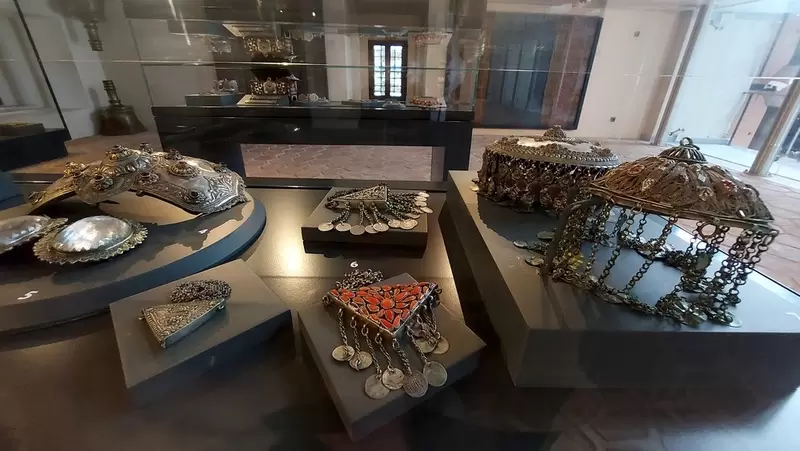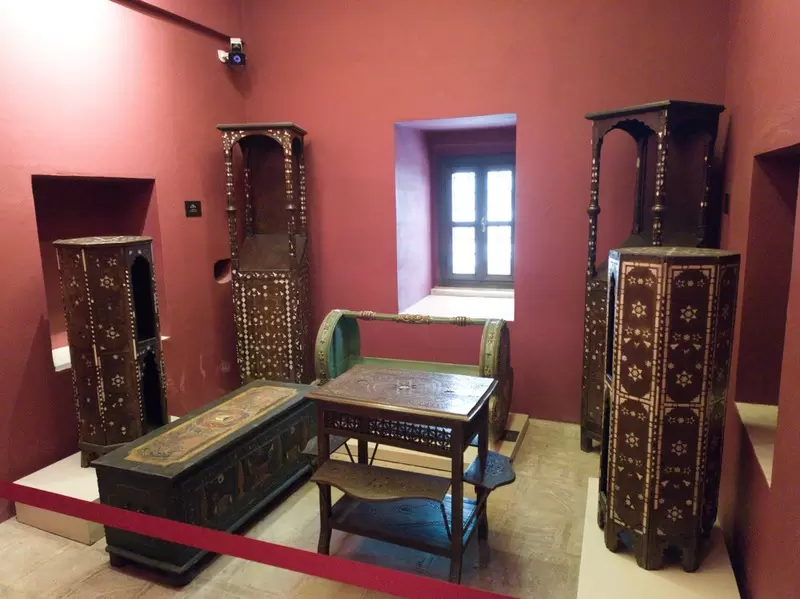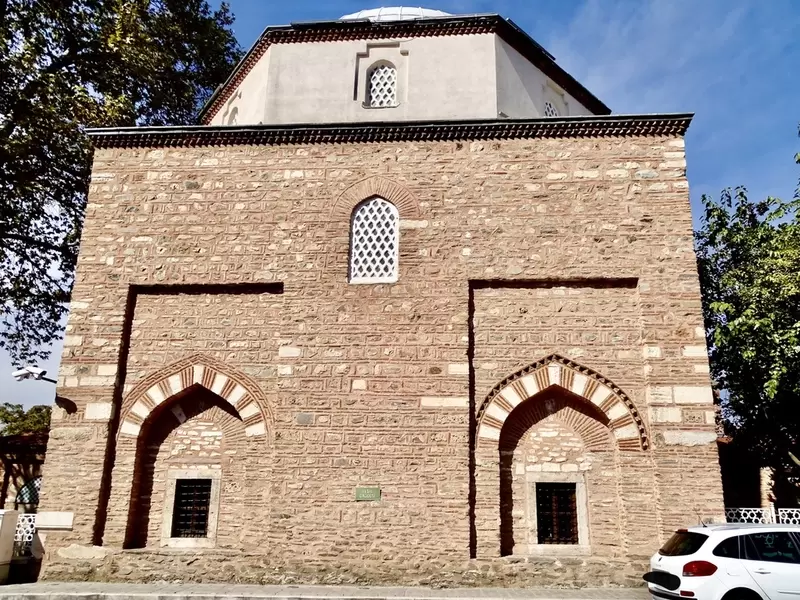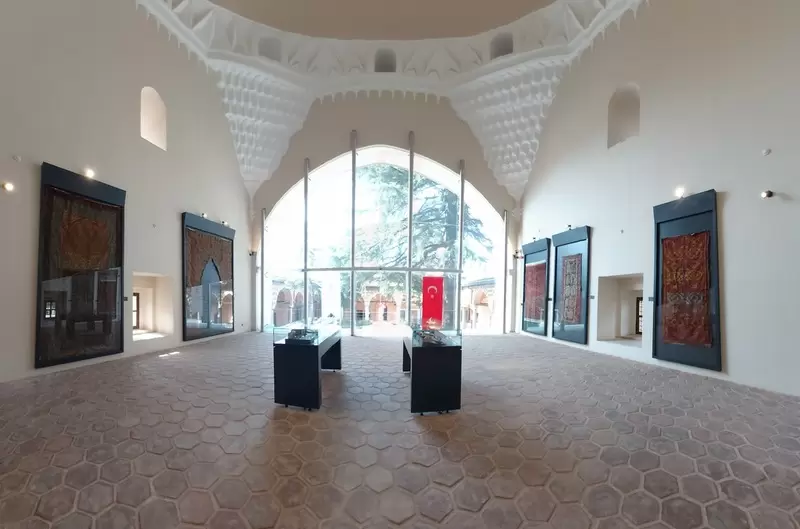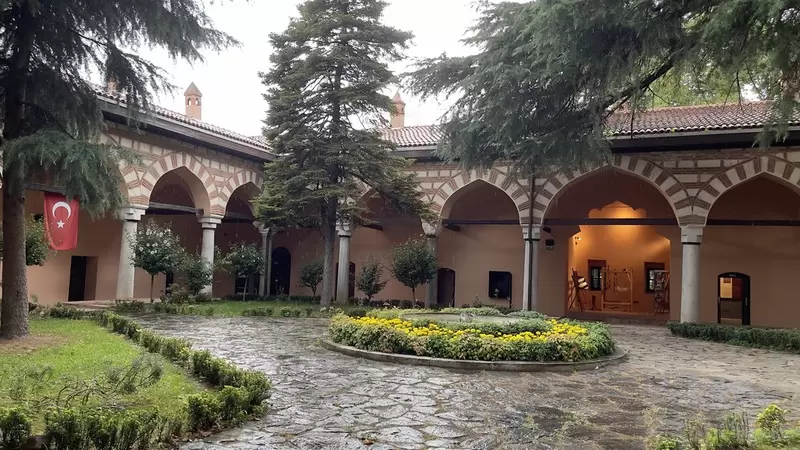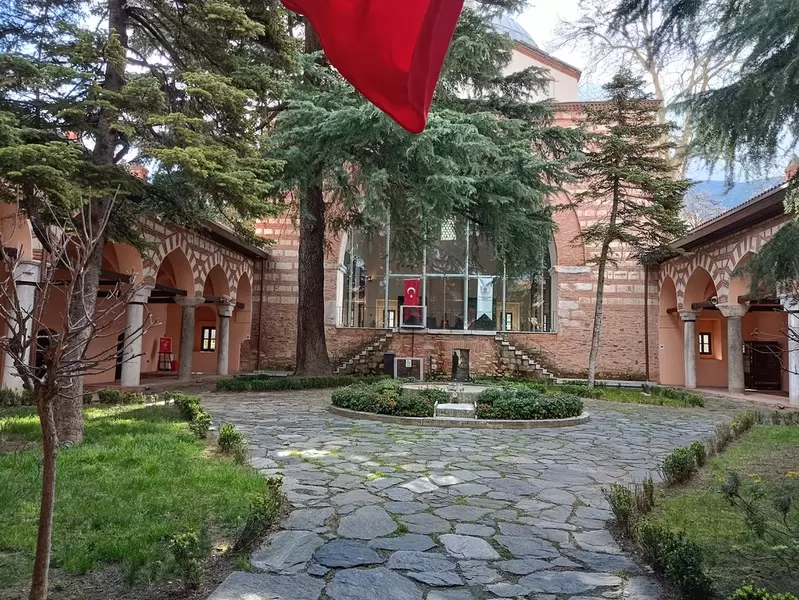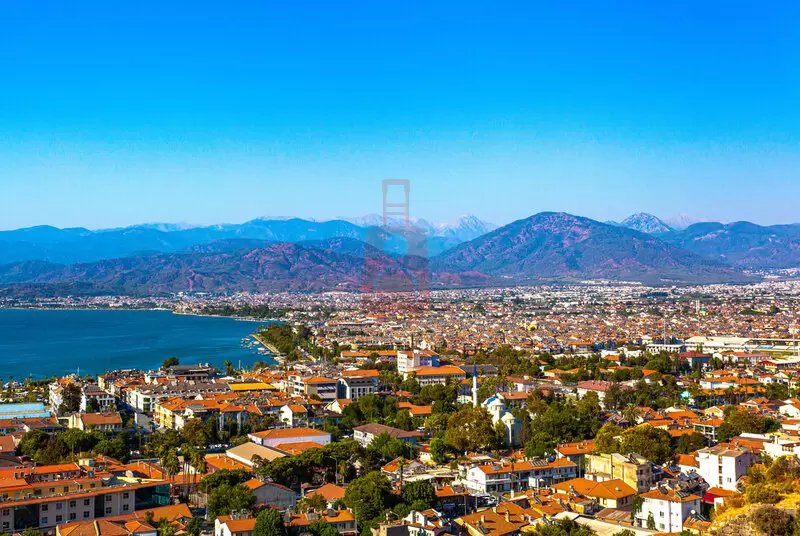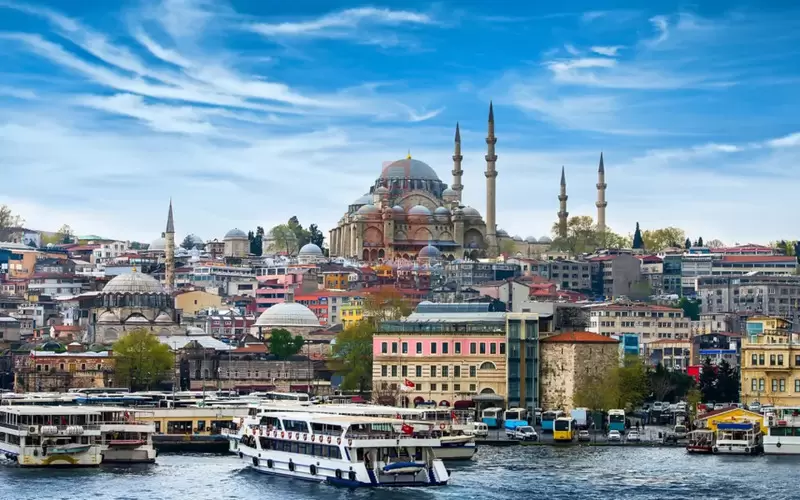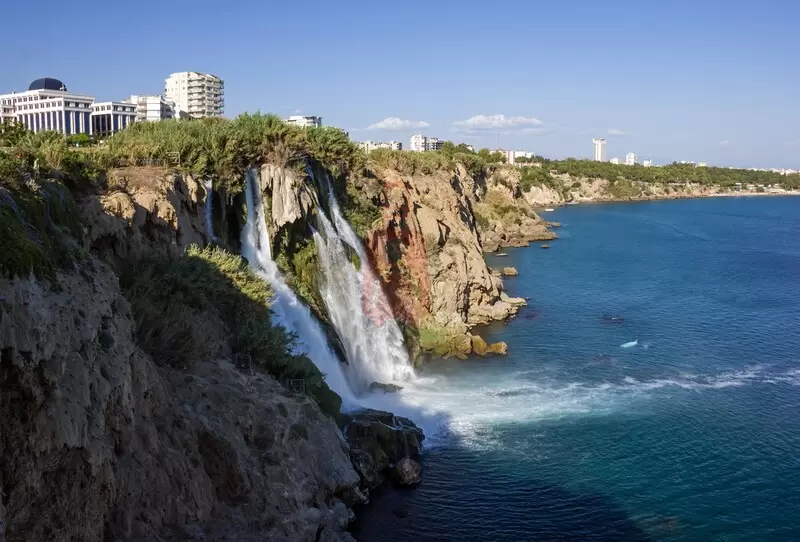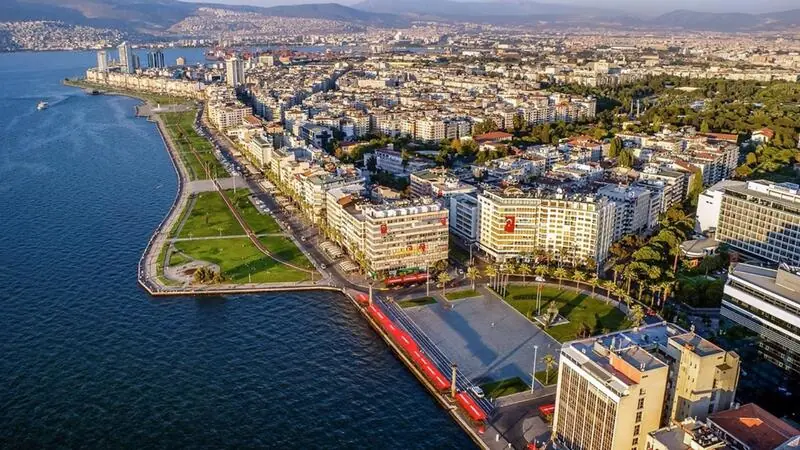
Bursa Museum of Turkish and Islamic Art (Turkish: Bursa Türk ve İslam Eserleri Müzesi) is a museum in Bursa, Turkey, dedicated to Turkish and Islamic art. The museum is located in the city center, near the Ulu Cami. The museum was founded in 1975, and has a collection of over 6,000 objects, including manuscripts, ceramics, textiles, and jewelry. The museum is divided into three sections: the pre-Ottoman section, the Ottoman section, and the modern section. The pre-Ottoman section contains objects from the Seljuk, Byzantine, and Abbasid periods. The Ottoman section contains objects from the Ottoman Empire. The modern section contains objects from the 19th and 20th centuries.
The Bursa Museum of Turkish and Islamic Art, also known as Bursa Türk ve İslam Eserleri Müzesi in Turkish, is a museum located in Bursa, Turkey. It is dedicated to showcasing a collection of Turkish and Islamic art and artifacts. Here is some information about the Bursa Museum of Turkish and Islamic Art:
1. Overview: The Bursa Museum of Turkish and Islamic Art is a museum that focuses on the preservation and exhibition of Turkish and Islamic art and cultural heritage. The museum's collection includes a wide range of artworks and artifacts that reflect various historical periods and artistic styles.
2. Exhibits: The museum displays a diverse collection of Turkish and Islamic art, including calligraphy, ceramics, metalwork, textiles, carpets, miniatures, woodwork, and more. The exhibits may feature items from different regions and time periods, showcasing the rich artistic traditions and cultural heritage of Turkey and the Islamic world.
3. Historical Artifacts: The museum's collection may include historical artifacts from different periods, such as the Seljuk, Ottoman, and other Islamic civilizations. These artifacts may provide insights into the artistic and cultural achievements of these eras, including architectural fragments, religious objects, manuscripts, and decorative arts.
4. Calligraphy: Turkish and Islamic calligraphy holds a significant place in the museum's collection. The exhibits may feature examples of exquisite calligraphic works, showcasing different scripts and styles, including Ottoman calligraphy.
5. Temporary Exhibitions: In addition to its permanent collection, the Bursa Museum of Turkish and Islamic Art may host temporary exhibitions that focus on specific themes, artists, or periods within Turkish and Islamic art. These special exhibitions offer opportunities for visitors to explore different aspects of the art and culture.
6. Educational Programs: The museum may provide educational programs, workshops, lectures, and guided tours for visitors, including students and researchers. These programs aim to promote a deeper understanding and appreciation of Turkish and Islamic art and heritage.
7. Visiting Information: For accurate and up-to-date information about the Bursa Museum of Turkish and Islamic Art, including its location, opening hours, admission fees, and any specific guidelines or restrictions for visitors, it is recommended to check the official website of the museum or contact them directly.
Please note that specific details about the museum's exhibits and displays may vary. It is always best to consult the official sources or contact the museum directly for the most accurate and current information.
